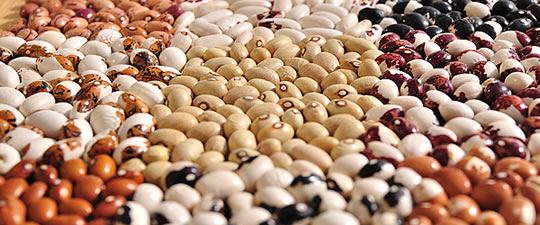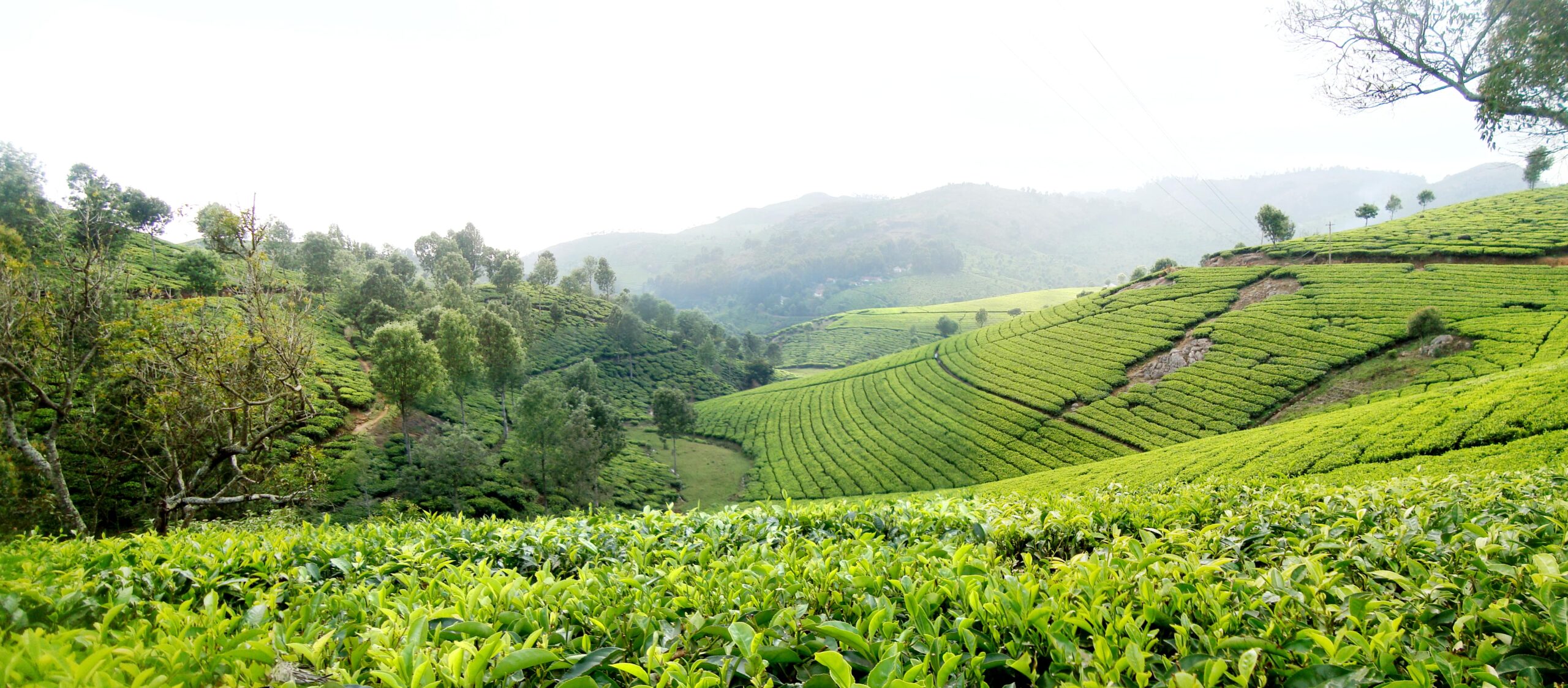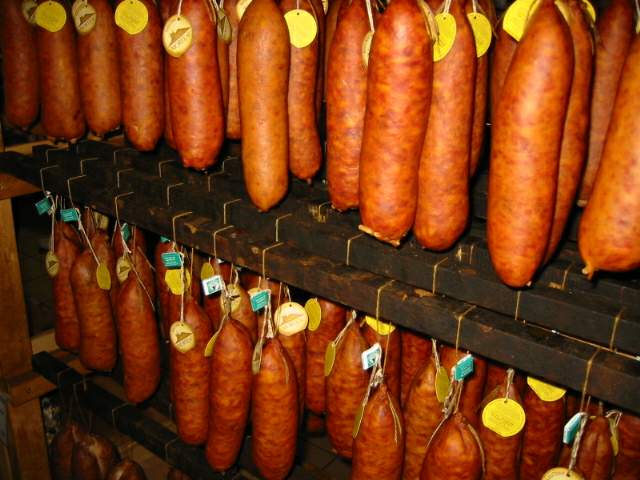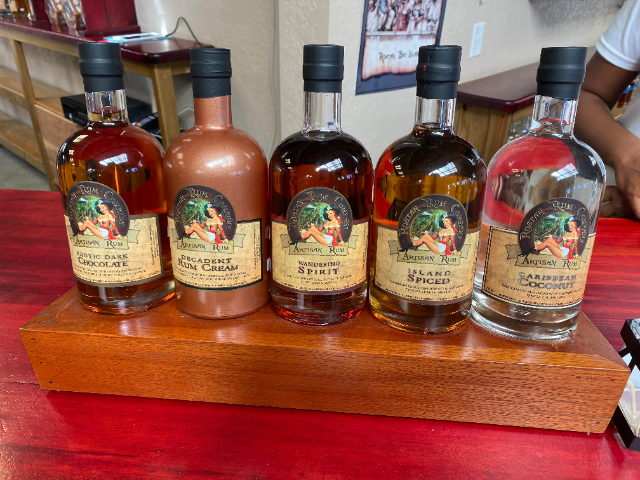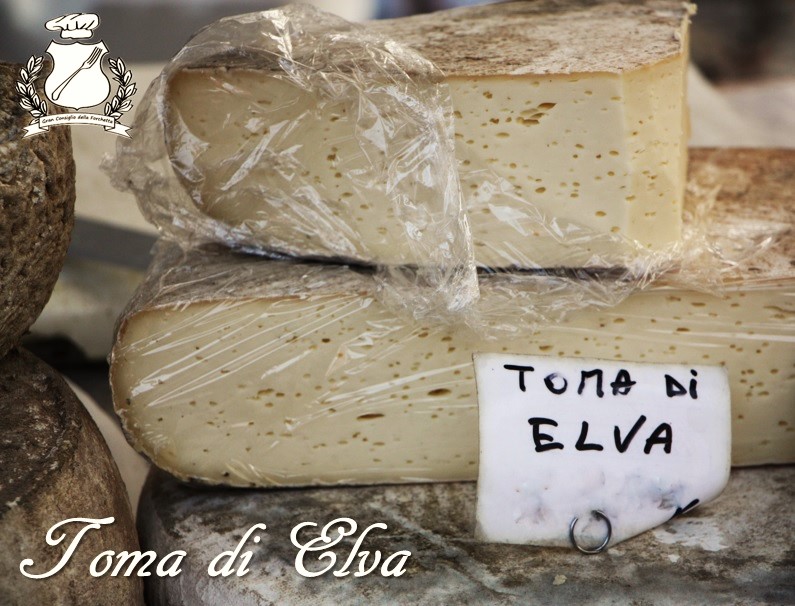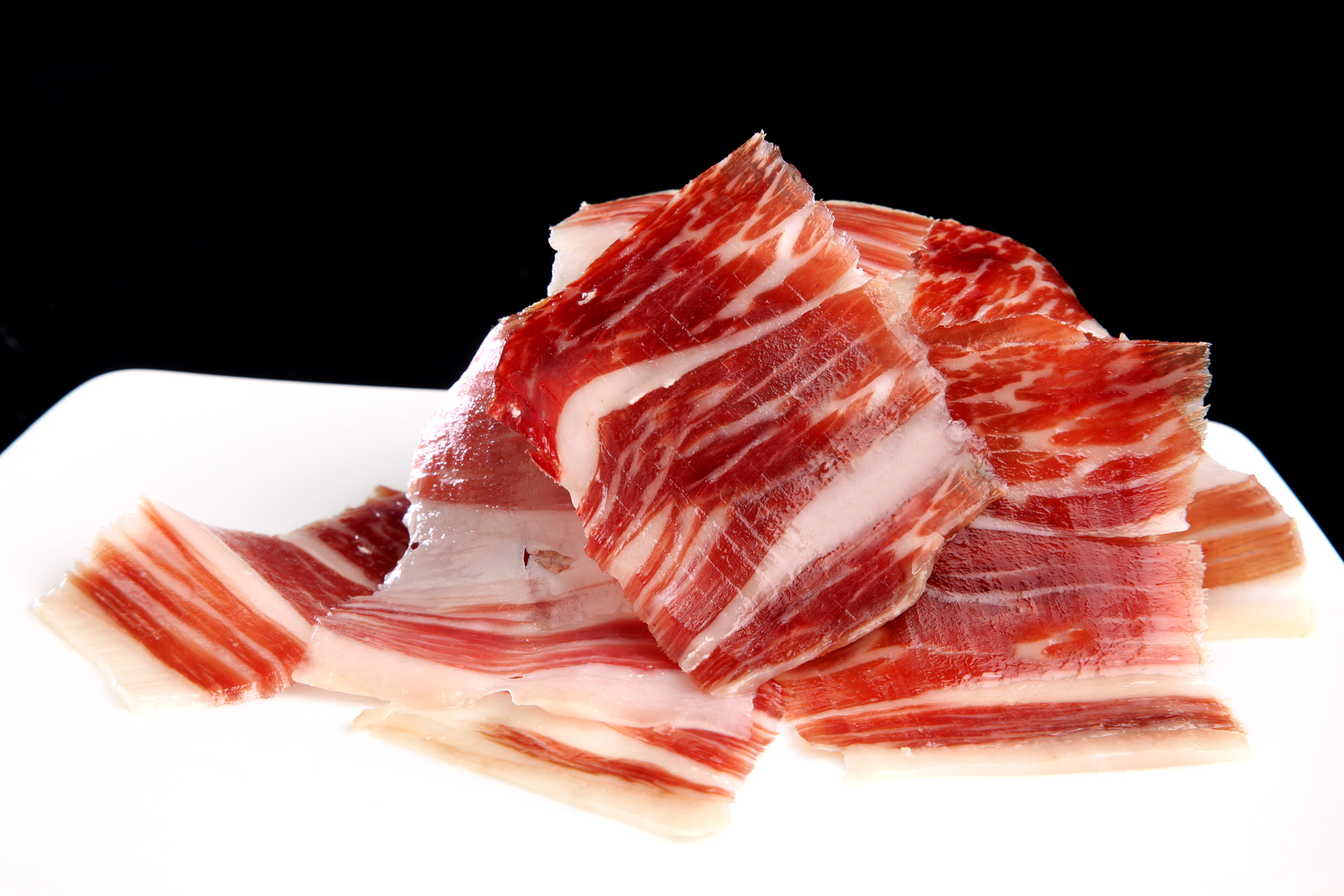The famous Sarconi beans have been cultivated for centuries in a particular area of Basilicata where particular environmental conditions – such as low summer temperatures – allow the production of high quality beans absolutely distinguishable from other existing varieties.
In Sarconi, the class of laborers, the poorest, drew sustenance from small plots of land all sown with beans. The awareness that legumes, and above all beans, were the only way to save from hunger was in fact so widespread that, in the area, the cultivation of these products were the most represented, as confirmed by the data contained in the tannery land register since 1746. In other words, peasants, although not being aware of the chemical composition of beans, had understood their great energetic capacities. Not being able, because of the poor conditions in which they lived, to eat meat, they fed themselves with cereals and legumes, that is with the classic pasta and beans: the dish symbol of peasant nutrition. In Basilicata, the cultivation of legumes, and above all of beans, was already recorded at the end of the sixteenth century as it is found in the administrative registers of the Religious Conventual Orders of that time. It is about, in this case, American beans, arrived in Italy after Christopher Columbus’ discovery of the New Continent. Until then, the most common species, already known by ancient Romans, were eye beans, as Apicius witnesses in De re coquinaria.
Fagioli di Sarconi has an oval or roundish shape and is characterized by its tender pulp, which makes it particularly digestible. It is produced in 19 local ecotypes of Borlotto and Cannellino, has a light color, ranging from pale yellow to white, and can have dark streaks. After harvesting, in its fresh state, it can be kept in the refrigerator for 4-5 days. The soils in which it is cultivated are above 600 meters of altitude. Sowing takes place between April and July.The typical sweet taste of these beans depends on the environmental conditions in which they grow and which allow the seeds to keep a significant concentration of simple sugars which in a longer time compared to other varieties, are then transformed into starch.
